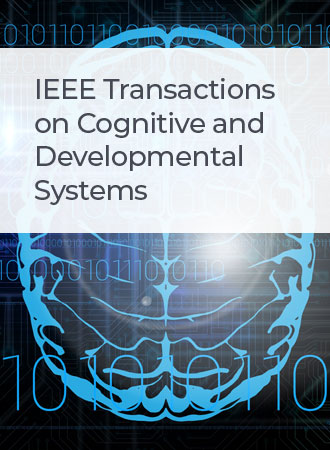三维多人避险游戏的最佳策略与合作组队
IF 4.9
3区 计算机科学
Q1 COMPUTER SCIENCE, ARTIFICIAL INTELLIGENCE
IEEE Transactions on Cognitive and Developmental Systems
Pub Date : 2024-06-03
DOI:10.1109/TCDS.2024.3406889
引用次数: 0
摘要
本文研究了三维空间中以平面为目标的多人触达躲避游戏。由于直接分析多追逐者多逃避者场景的难度带来了维度的限制,因此将整个问题分解为不同的子博弈。在子游戏中,一个追击者或多个追击者(它们的速度不同)组成一个团队,合作捕获一个逃避者,而逃避者则努力到达飞机。在等时曲面定义的基础上,根据玩家的优势区域,利用阿波罗球求出度博弈的目标点和值函数。此外,相应的闭环鞍点策略是纳什均衡。讨论了不同尺度情景间的退化。为了最小化子博弈的代价总和,拦截多个逃逃者的任务以二部图匹配的形式分配给个人或团队。提出了一种分层匹配算法和一种实时更新的状态反馈再匹配方法。最后,不同的实证实验和与最先进的方法进行了比较,以证明本文提出的策略和算法的最优性。本文章由计算机程序翻译,如有差异,请以英文原文为准。
Optimal Strategies and Cooperative Teaming for 3-D Multiplayer Reach-Avoid Games
This article studies multiplayer reach-avoid games with a plane being the goal in 3-D space. Due to the difficulty that directly analyzing multipursuer multievader scenarios brings the curse of dimensionality, the whole problem is decomposed to distinct subgames. In the subgames, a single pursuer or multiple pursuers, which have different speeds, form a team to capture one evader cooperatively while the evader struggles to reach the plane. With the players’ dominance region based on the definition of isochronous surfaces, the target points and value functions are obtained for the game of degree by using Apollonius spheres. Additionally, the corresponding closed-loop saddle-point strategies are shown to be Nash equilibrium. The degeneration between scenarios of different scales is also discussed. To minimize the sum of subgames’ costs, the tasks of intercepting multiple evaders are assigned to individuals or teams in the form of bipartite graph matching. A hierarchical matching algorithm and a state-feedback rematching method are proposed which can be updated in real-time to improve the solution. Finally, diverse empirical experiments and comparisons with state-of-the-art methods are illustrated to demonstrate the optimality of proposed strategies and algorithms in this article.
求助全文
通过发布文献求助,成功后即可免费获取论文全文。
去求助
来源期刊

IEEE Transactions on Cognitive and Developmental Systems
Computer Science-Software
CiteScore
7.20
自引率
10.00%
发文量
170
期刊介绍:
The IEEE Transactions on Cognitive and Developmental Systems (TCDS) focuses on advances in the study of development and cognition in natural (humans, animals) and artificial (robots, agents) systems. It welcomes contributions from multiple related disciplines including cognitive systems, cognitive robotics, developmental and epigenetic robotics, autonomous and evolutionary robotics, social structures, multi-agent and artificial life systems, computational neuroscience, and developmental psychology. Articles on theoretical, computational, application-oriented, and experimental studies as well as reviews in these areas are considered.
 求助内容:
求助内容: 应助结果提醒方式:
应助结果提醒方式:


